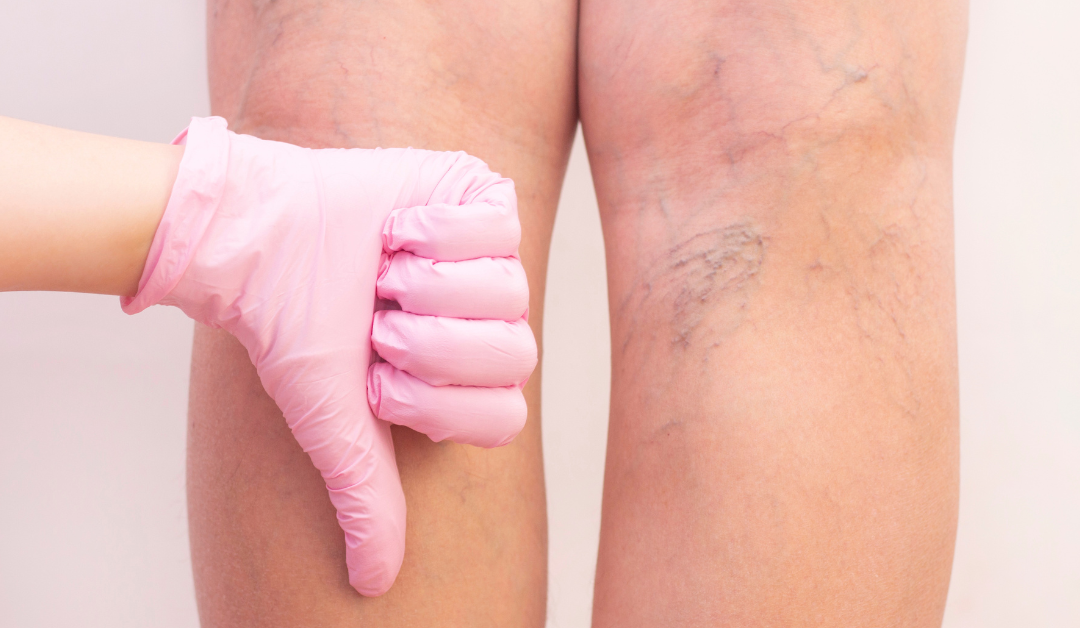Varicose veins are enlarged veins that are twisted and close to the skin’s surface (superficial). They most commonly affect the veins in the legs because of pressure increases from walking and standing. DCSI can share the causes of varicose veins as well as symptoms and treatments like our vein therapy.
Veins on the back of the knee are common. Other common places to see varicose veins are:
- Back of thighs
- Back of calves
- Insides of the legs
- Buttocks
- Around the vaginal area (due to pregnancy)
Risk and Complications of Developing Varicose Veins
There are different reasons for veins to start to develop and different reasons for the valves to become weak or damaged.Age
Aging can lead to the deterioration of the valves that work in controlling blood flow. Wear and tear can cause some of the blood to flow back into the veins where it collects and pools.Sex
Women are more likely to develop varicose veins. The hormonal changes before a menstrual period or during pregnancy or menopause are factors because female hormones tend to relax in vein walls. Birth control and other hormone treatments can also increase the risk of varicose veins.Family History
If other family members deal with varicose veins, it is likely that you could, too.Obesity
Being overweight or carrying excess pounds can add extra pressure to the veins.Standing or Sitting for Long Periods of Time
Being more active and acquiring more movement in daily life helps with blood flow. Complications of varicose veins:- Ulcers - These can form near the veins, especially near the ankles.
- Blood Clots - Sometimes veins deep in the legs can become enlarged and could cause leg pain and swelling.
- Bleeding - If veins are too close to the skin, they could burst and cause minor bleeding and require medical attention.
Symptoms of Varicose Veins
Signs of varicose veins are:- Veins that are dark purple or blue
- Veins that look twisted or bulging, almost looking like cords on the legs
- Achy or heavy feelings in the legs
- Pain after sitting or standing for a long time
- Itching around the veins
- Burning, throbbing, cramping, or swelling in the lower extremities
- Changes in skin color around the veins
Treatments for Varicose Veins
There are many treatments for varicose veins that include self-care measures, compression stockings, and other surgical options. Self-Care:- Exercising
- Wearing compression stockings
- Raising legs while sitting or lying down
- Veins and muscles move blood more efficiently
- Sclerotherapy
- Laser treatment (this is the best vein treatment DCSI offers)
- Catheter-based procedures using radio frequency or laser energy
- High ligation and vein stripping
- Ambulatory phlebectomy


